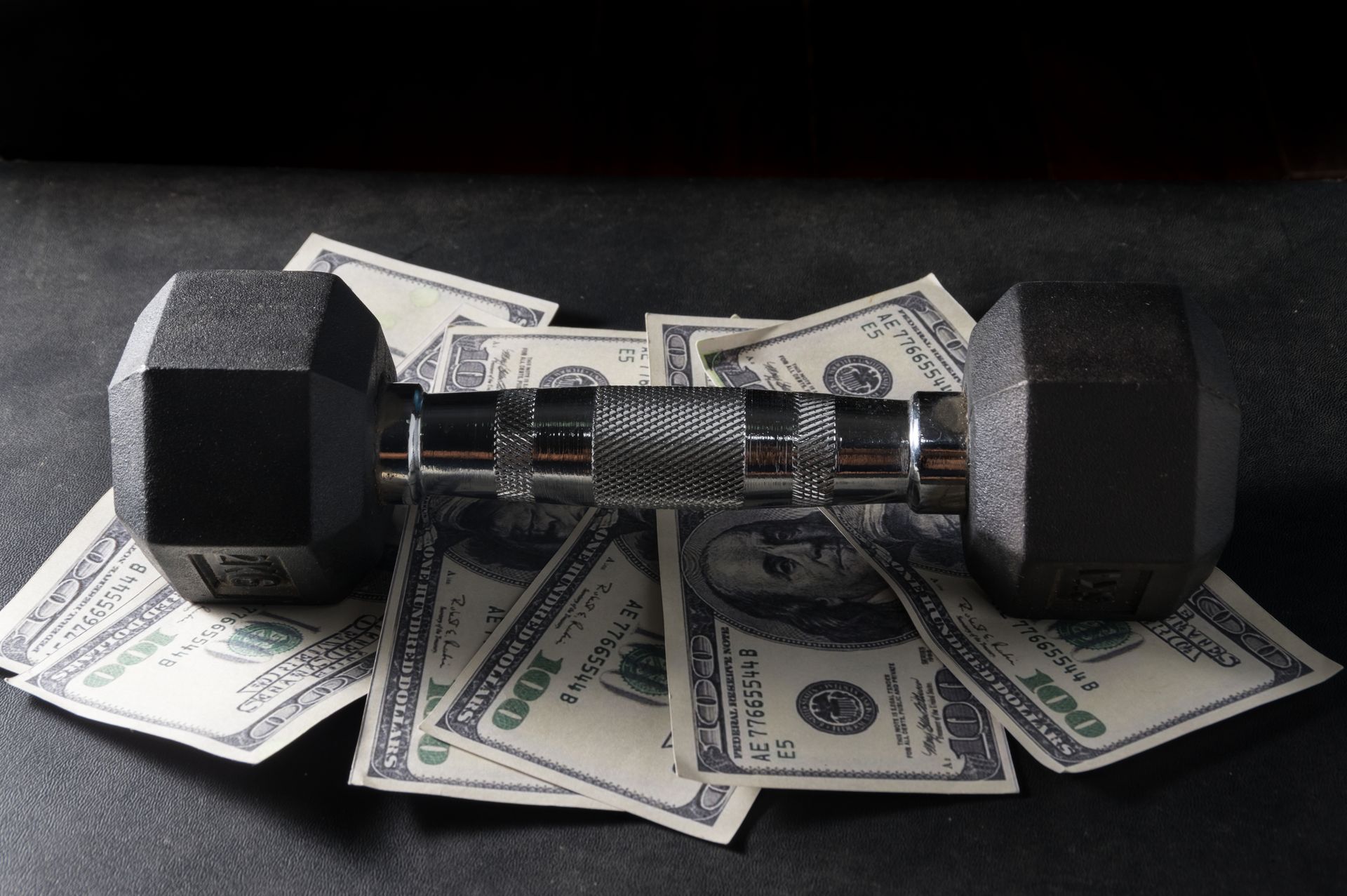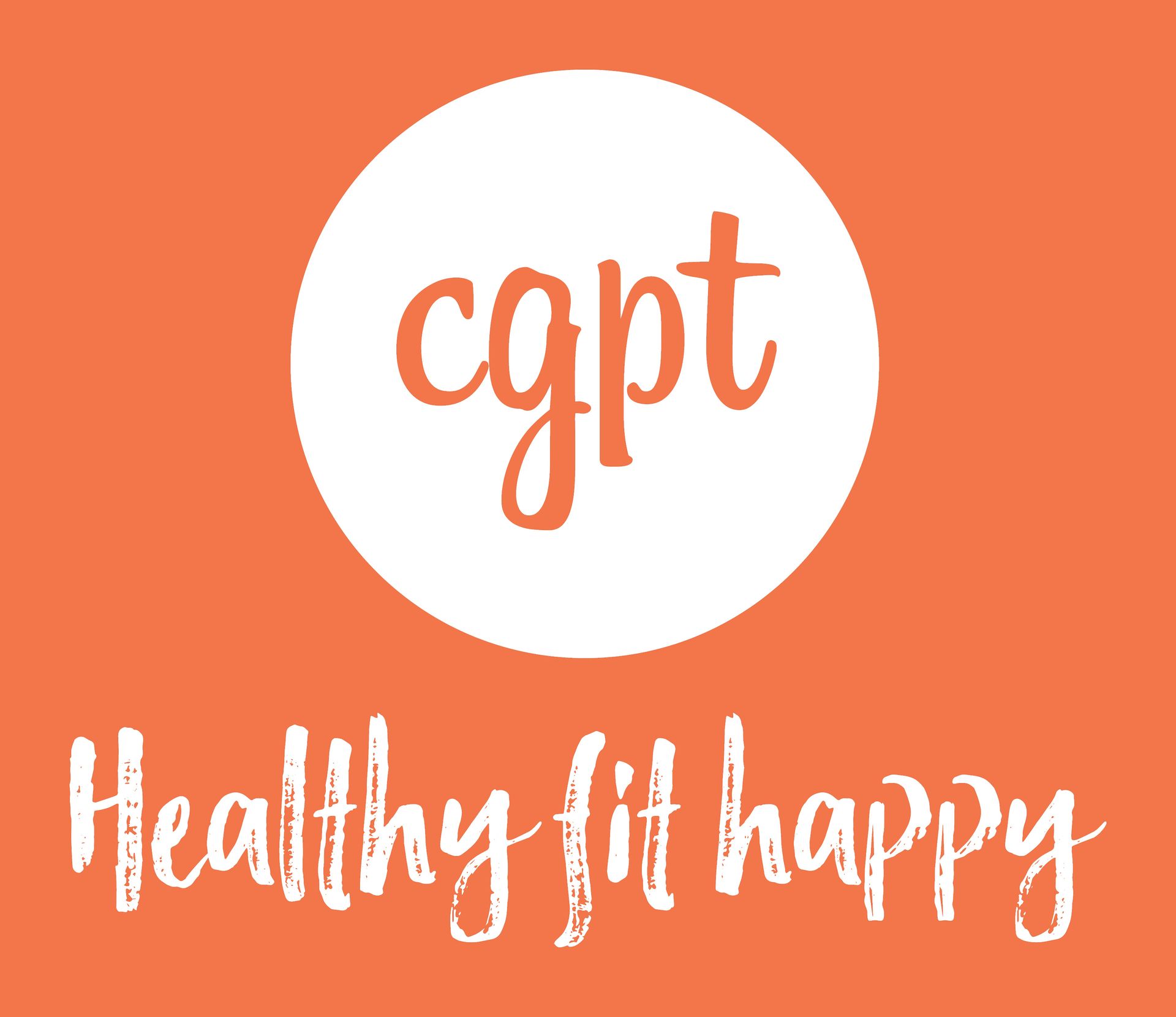Strength Training for Busy Professionals: The 3-Session-a-Week Strategy That Delivers Serious Results
Strength Training for Busy Professionals: The 3-Session-a-Week Strategy That Delivers Serious Results
The 3-Session Strategy That Works: How Time-Poor Professionals Can Still Get Strong, Lean and Energised
If your Google Calendar is more packed than your gym bag, you’re not alone.
For Melbourne professionals juggling careers, family, and everything in between, the idea of squeezing in long workouts five days a week just isn’t realistic. And the good news? You don’t need to train like a full-time athlete to see serious results.
At Chris’ Gym in Hawthorn, we specialise in working with time-poor, high-performing clients - many of whom are professionals who only have three hours a week to spare. That’s why our personal training model is built around maximising outcomes in minimal time, with targeted, effective sessions that fit your schedule and your goals.
Let’s break down how it works and why three focused sessions per week might be exactly what you need.
Why Less Can Be More: The Science Behind 3 Strength Sessions a Week
When it comes to building strength, boosting energy, and improving body composition, consistency trumps volume. A well-designed training program that includes three 60-minute sessions per week can:
· Build and maintain lean muscle mass
· Improve metabolic rate and fat-burning efficiency
· Support mental clarity and stress resilience
· Increase joint strength and mobility
· Reduce injury risk especially for sedentary professionals
· Improve posture, confidence, and energy levels
Scientific research supports this too. A 2022 study published in the Journal of Strength and Conditioning Research found that individuals training three days per week saw similar strength gains to those training more frequently - as long as intensity and progression were properly managed (1). And that’s exactly where a great personal trainer comes in.
Efficiency Over Exhaustion: What a CGPT Session Looks Like
We’re not here to smash you into the ground and leave you crawling out the door. At CGPT, our approach is strategic, not punishing.
Each 60-minute session is built around your personal goals, past injuries, and current capacity.
A typical session might include:
· Dynamic warm-up and mobility to activate key muscle groups and prep the nervous system
· Strength block focused on compound lifts, unilateral movements, and work to build muscle and resilience
· Accessory work targeting imbalances, postural needs or specific goals (e.g. glute strength, shoulder stability)
· Core and conditioning finisher - short, sharp, and functional
· Cool-down or guided recovery for longevity and injury prevention
Most importantly, you walk out of the gym feeling better than when you walked in - clearer head, stronger body, and less stress weighing you down.
The Power of Periodisation (Without the Fancy Charts)
If you’re training three times a week, each session needs to serve a purpose. That’s why all CGPT programs are periodised - meaning they follow a logical, progressive structure.
Rather than randomly mixing things up or repeating the same full-body session over and over, we carefully sequence your training across the week. For example:
· Day 1: Lower body strength training with a focus on balance and core control
· Day 2: Upper body strength paired with guided mobility to support posture and ease of movement
· Day 3: Full body session designed to improve everyday strength, stamina and confidence
This type of structure ensures that all major muscle groups are being trained regularly and with appropriate recovery while also keeping sessions mentally engaging and physically rewarding.
And yes, we’ll tailor this for your needs - whether that’s postural correction, hypertrophy, bone density, back rehab, or just more energy for the school run.
Designed for Your Diary: Why Busy People Thrive at CGPT
One of the most common things we hear from new clients is:
“I just need something that fits into my week - and actually works.”
At CGPT, we get it. That’s why:
· Sessions are booked at the same time each week (just like a meeting)
· All trainers run on time, every time
· You don’t need to plan your own workouts - we do it for you
· You train in a calm, clean, focused environment (no packed group classes, no waiting for machines, no TikTok chaos)
Many of our clients tell us their CGPT sessions are the most consistent part of their week - and the one thing they never cancel. Why? Because they feel stronger, clearer, and more capable in every other part of their life because of it.
What the Trainers Say
We asked a few of the CGPT trainers how they structure programs for busy professionals - here’s what they had to say:
Andrea Baylis (Owner/Trainer):
“Most of our clients have big jobs, big lives, and very little free time. So our job is to make sure their training delivers maximum value - physically, mentally, and emotionally.”
Tim Walker (Strength Specialist):
“With three sessions a week, we focus on building strength that supports longevity - glutes, core, posterior chain - but also keep the intensity tailored so people leave energised, not wrecked.”
Sophie O’Donoghue (Rehab & Return-to-Exercise):
“Many of my clients are postnatal or returning to training after time off. Three sessions a week is a great sweet spot for building confidence and creating a healthy, sustainable rhythm.”
James Shaw (Performance & Strength):
“The real value of personal training is in how we adapt it to your lifestyle. You don’t need to train five days a week to be strong. You just need the right three.”
3 Sessions. 1 Big Impact. Zero Wasted Time.
If you’ve been putting off strength training because you feel like you can’t do it properly without dedicating half your life to the gym - think again.
With expert guidance, smart programming, and a supportive environment, three hours a week is all it takes to:
· Reclaim your strength and energy
· Improve posture and reduce injury risk
· Build lean muscle and boost metabolism
· Elevate your performance in every area of life
Whether you’re a lawyer, accountant, founder, or full-time working parent - this approach works.
Book Your Free Consultation
Not sure where to begin? Start with a no-pressure consultation and movement screen. We’ll show you how we can fit your training around your schedule - not the other way around.
Come and see why so many busy professionals in Hawthorn are choosing CGPT as the smartest investment in their health.
Check out our website www.chrisgympt.com or email andrea@chrisgympt.com to get started.
References
1. Schoenfeld, B.J., Grgic, J., Ogborn, D., Krieger, J.W. (2022). Strength and hypertrophy adaptations between low- vs. high-load resistance training: A meta-analysis. Journal of Strength and Conditioning Research, 36(2), 517–526.
2. Paoli, A., Moro, T., Bianco, A. (2015). Lift weights to fight overweight. Clinical Physiology and Functional Imaging, 35(1), 1–6.
3. Steele, J., Fisher, J., Skivington, M., et al. (2017). A higher effort-based paradigm in resistance training. Frontiers in Physiology, 8, 253.
4. Australian Institute of Health and Welfare (AIHW). (2021). Physical activity across the life stages. Retrieved from https://www.aihw.gov.au




